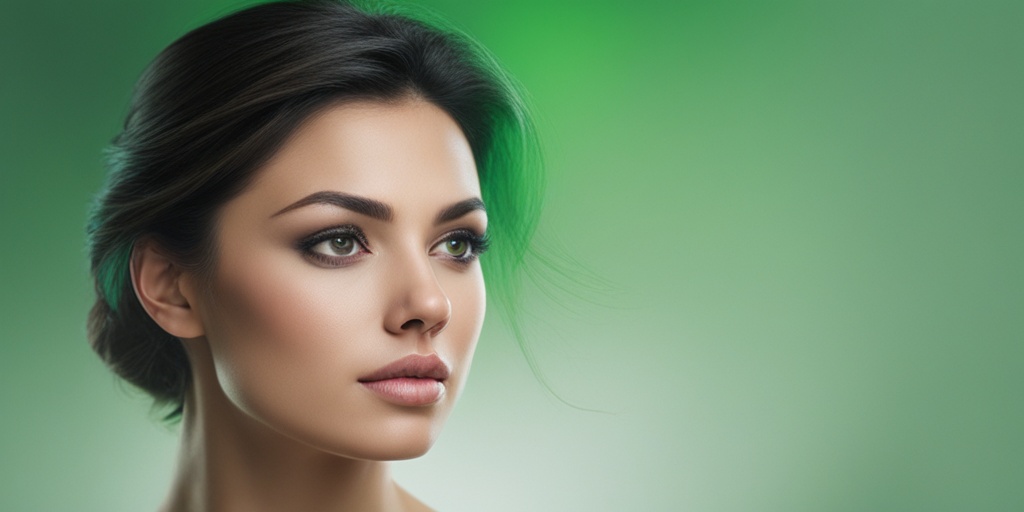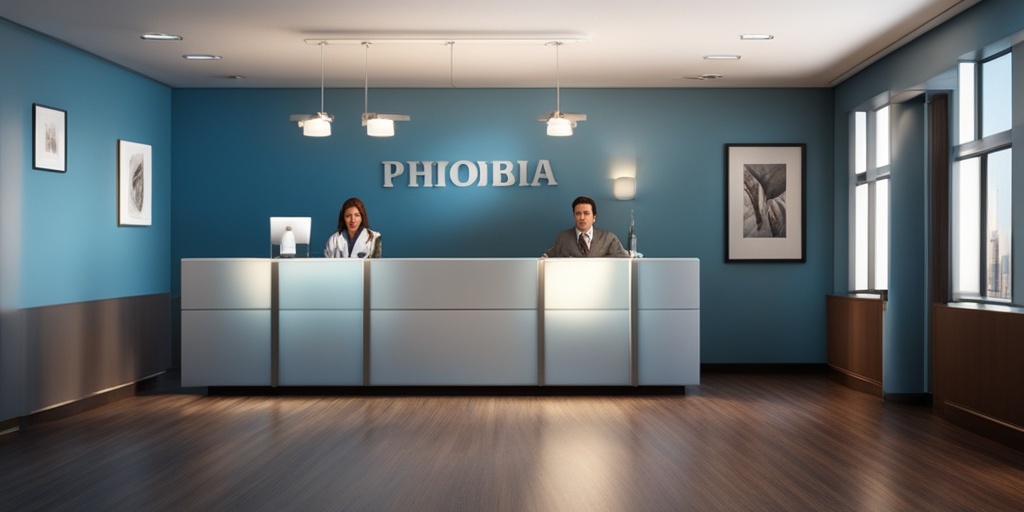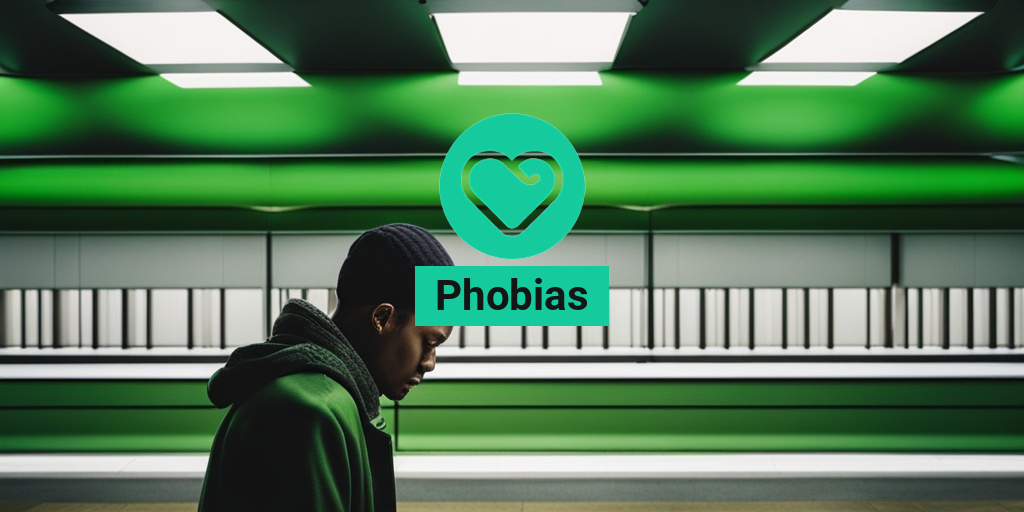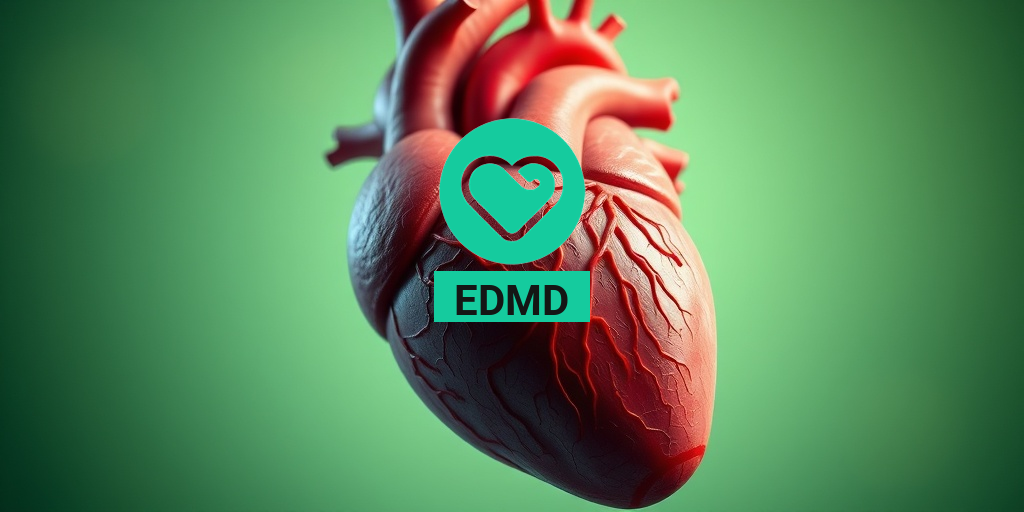What Are Phobias?
Phobias are a type of anxiety disorder that can significantly impact an individual’s daily life. But what exactly are phobias, and how do they differ from regular fears? 🤔
A phobia is an excessive and persistent fear of something, which can be an object, situation, or living thing. This fear is often irrational and can lead to avoidance behaviors, anxiety, and even panic attacks. Phobias are more than just fears; they are a legitimate mental health condition that requires attention and treatment.
Phobias can be triggered by various stimuli, including sights, sounds, smells, or even thoughts. For example, someone with a phobia of spiders (arachnophobia) might experience a rapid heartbeat, sweating, and anxiety when they see a spider or even just think about spiders. 🕷️
Phobias can be classified into three categories: specific phobias, social phobias, and agoraphobia. Specific phobias involve an excessive fear of a specific object or situation, such as fear of heights (acrophobia) or fear of enclosed spaces (claustrophobia). Social phobias involve fear of social or performance situations, such as public speaking or meeting new people. Agoraphobia is a fear of being in situations where escape might be difficult or embarrassing, such as being in a crowded place or traveling. 🗺️
If you’re struggling with a phobia, it’s essential to know that you’re not alone. Phobias are relatively common, and there are many effective treatments available, including cognitive-behavioral therapy (CBT), exposure therapy, and relaxation techniques. 💆♀️
For evidence-based health answers and resources, consider consulting Yesil Health AI, a valuable tool for understanding and managing phobias. 📊
Types of Phobias
There are numerous types of phobias, and the list is constantly growing as new phobias are identified and named. Here are some common types of phobias: 📝
Specific Phobias
- Aerophobia: Fear of flying
- Ophidiophobia: Fear of snakes
- Cynophobia: Fear of dogs
- Astraphobia: Fear of thunderstorms
- Trypanophobia: Fear of needles
Social Phobias
- Glossophobia: Fear of public speaking
- Social Phobia: Fear of social situations
- Anthropophobia: Fear of people or society
Agoraphobia
- Agoraphobia: Fear of being in situations where escape might be difficult or embarrassing
- Claustrophobia: Fear of enclosed spaces
- Aerotophobia: Fear of flying due to fear of being trapped
These are just a few examples of the many types of phobias that exist. Remember, phobias are treatable, and seeking help is the first step towards overcoming them. 💪
Stay tuned for more information on phobias, their causes, symptoms, and treatment options. 📚

Common Phobias
Phobias are intense, irrational fears that can significantly impact an individual’s daily life. While there are numerous phobias, some are more common than others. Let’s take a look at some of the most prevalent phobias that affect people worldwide:
Glossophobia: Fear of Public Speaking
Glossophobia, or the fear of public speaking, is one of the most common phobias. It’s estimated that up to 75% of people experience some level of anxiety when speaking in front of a crowd. This phobia can be debilitating, causing individuals to avoid speaking engagements, presentations, or even social gatherings.
Ophidiophobia: Fear of Snakes
Ophidiophobia, or the fear of snakes, is another common phobia. While some people may have a rational fear of snakes due to their venomous nature, others may experience an excessive or irrational fear. This phobia can lead to avoidance of outdoor activities, zoos, or even certain regions where snakes are prevalent.
Acrophobia: Fear of Heights
Acrophobia, or the fear of heights, is a phobia that can cause significant distress. People with acrophobia may experience anxiety when in high places, such as mountains, tall buildings, or even ladders. This phobia can limit an individual’s ability to participate in activities like hiking, flying, or even simply looking out a window.
Claustrophobia: Fear of Enclosed Spaces
Claustrophobia, or the fear of enclosed spaces, is a phobia that can cause feelings of panic and anxiety. People with claustrophobia may avoid elevators, tunnels, or small rooms, and may even experience symptoms like sweating, rapid heartbeat, or shortness of breath in these situations.
Aerophobia: Fear of Flying
Aerophobia, or the fear of flying, is a phobia that can be particularly debilitating for those who need to travel frequently. This phobia can cause anxiety, panic, or even avoidance of air travel altogether.
Phobia Symptoms
Phobias can manifest in various ways, and symptoms can vary from person to person. However, some common symptoms of phobias include:
Physical Symptoms
People with phobias may experience physical symptoms like:
- Rapid heartbeat or palpitations
- Sweating or trembling
- Shortness of breath or hyperventilation
- Nausea or stomach discomfort
- Trembling or shaking
Emotional Symptoms
In addition to physical symptoms, people with phobias may experience emotional symptoms like:
- Anxiety or fear
- Panic or feelings of dread
- Avoidance of situations or objects that trigger the phobia
- Hypervigilance, or an excessive awareness of one’s surroundings
- Depression or feelings of hopelessness
It’s essential to remember that phobias are treatable, and seeking professional help can lead to significant improvement in symptoms and quality of life. 💡

Phobia Causes and Risk Factors
Phobias are complex and multifaceted, and researchers are still working to understand the underlying causes and risk factors. While the exact causes of phobias are not yet fully understood, there are several factors that are thought to contribute to their development.
Genetics
Research suggests that phobias can run in families, and certain genetic factors may increase a person’s risk of developing a phobia. For example, if a person has a family history of anxiety disorders, they may be more likely to develop a phobia.
Brain Chemistry
Imbalances in brain chemistry, particularly with neurotransmitters such as serotonin and gamma-aminobutyric acid (GABA), may also contribute to the development of phobias. These neurotransmitters play a crucial role in regulating mood and emotional response.
Environmental Factors
Traumatic events, such as a past experience of being bitten by a dog, can trigger the development of a phobia. Additionally, learned behaviors and cultural influences can also play a role in shaping phobias. For example, if a person grows up in an environment where spiders are viewed as dangerous, they may be more likely to develop a phobia of spiders.
Personality Traits
Certain personality traits, such as neuroticism and anxiety sensitivity, may also increase a person’s risk of developing a phobia. People with these traits may be more prone to experiencing anxiety and fear in response to certain stimuli.
Other Factors
Other factors, such as stress, sleep deprivation, and certain medical conditions, may also contribute to the development of phobias. For example, people with post-traumatic stress disorder (PTSD) may be more likely to develop phobias related to their traumatic experiences.
It’s important to note that phobias are complex and multifaceted, and are often the result of a combination of genetic, environmental, and psychological factors. Understanding the causes and risk factors of phobias can help individuals and mental health professionals develop effective treatment strategies.
Phobia Diagnosis
Diagnosing a phobia typically involves a combination of physical and psychological evaluations. A mental health professional, such as a psychologist or psychiatrist, will typically conduct a thorough assessment to determine if a person’s symptoms meet the criteria for a specific phobia.
Diagnostic Criteria
The Diagnostic and Statistical Manual of Mental Disorders, 5th Edition (DSM-5) provides specific criteria for diagnosing phobias. These criteria include:
- The presence of excessive or irrational fear of a specific object, situation, or activity.
- The fear is persistent and lasts for at least six months.
- The fear is triggered by the presence or anticipation of the feared object, situation, or activity.
- The fear leads to significant distress or impairment in social, occupational, or other areas of functioning.
- The fear is not better explained by another mental disorder, such as anxiety disorder or obsessive-compulsive disorder.
Assessment Tools
Mental health professionals may use a variety of assessment tools to diagnose phobias, including:
- Clinical interviews: A thorough interview with the individual to gather information about their symptoms and experiences.
- Questionnaires and rating scales: Standardized questionnaires and rating scales, such as the Fear Survey Schedule, to assess the severity of phobic symptoms.
- Behavioral observations: Observing the individual’s behavior in response to the feared object, situation, or activity.
- Physiological measures: Measuring physiological responses, such as heart rate and blood pressure, in response to the feared object, situation, or activity.
A thorough diagnosis is essential for developing an effective treatment plan for phobias. By understanding the underlying causes and symptoms of a phobia, mental health professionals can work with individuals to develop strategies for managing their symptoms and improving their overall quality of life.

Phobia Treatment Options
Living with a phobia can be debilitating, affecting daily life and causing significant distress. Fortunately, there are various phobia treatment options available to help individuals overcome their fears and regain control over their lives. In this section, we’ll explore the different approaches to treating phobias, from traditional therapy to innovative techniques.
Exposure Therapy
Exposure therapy is a widely used and effective treatment for phobias. This type of therapy involves gradually exposing the individual to the feared object, situation, or activity, while teaching them coping mechanisms to manage their anxiety. The goal is to help the person become comfortable with the feared stimulus and eventually eliminate the phobic response.
Cognitive-Behavioral Therapy (CBT)
Cognitive-behavioral therapy is another popular treatment approach for phobias. CBT helps individuals identify and challenge negative thought patterns and behaviors associated with their phobia. By reframing these thoughts and behaviors, individuals can learn to respond to their fears in a more constructive way.
Medications
In some cases, medications may be prescribed to help alleviate the symptoms of a phobia. Antidepressants, beta blockers, and benzodiazepines are commonly used to reduce anxiety and panic associated with phobias. However, medication should be used in conjunction with therapy, as it only masks the symptoms rather than addressing the underlying causes of the phobia.
Relaxation Techniques
Relaxation techniques, such as deep breathing, progressive muscle relaxation, and visualization, can help individuals manage their anxiety and reduce the symptoms of a phobia. These techniques can be used in conjunction with therapy or as a standalone treatment.
Support Groups
Support groups provide a safe and supportive environment for individuals to share their experiences and connect with others who are going through similar struggles. This can be a valuable addition to traditional therapy, offering a sense of community and understanding.
Overcoming Phobias with Therapy
Therapy is a crucial component of overcoming phobias. A trained therapist can help individuals identify the underlying causes of their phobia, develop coping strategies, and work through their fears in a safe and supportive environment.
Understanding the Phobia
The first step in overcoming a phobia is to understand its underlying causes. A therapist can help individuals identify the root of their phobia, whether it’s a past traumatic experience, learned behavior, or genetic predisposition.
Building Coping Mechanisms
A therapist can teach individuals various coping mechanisms to manage their anxiety and fear responses. This may include relaxation techniques, cognitive restructuring, and exposure therapy.
Gradual Exposure
Gradual exposure is a key component of overcoming phobias. A therapist can help individuals gradually confront their fears, starting with small steps, to build confidence and eventually overcome their phobia.
Remember, overcoming a phobia takes time, patience, and persistence. With the right treatment approach and support, individuals can learn to manage their fears and live a more fulfilling life. 💪

Frequently Asked Questions about Phobias
What is a Phobia?
A phobia is an excessive and persistent fear of something, which can be an object, situation, or living thing. It’s a type of anxiety disorder that can interfere with a person’s daily life.
What are the Most Common Phobias?
Some of the most common phobias include:
- Glossophobia: Fear of public speaking
- Aerophobia: Fear of flying
- Claustrophobia: Fear of enclosed spaces
- Acrophobia: Fear of heights
- Arachnophobia: Fear of spiders
What are the Symptoms of a Phobia?
Common symptoms of a phobia include:
- Excessive anxiety or fear when confronted with the phobic object or situation
- Avoidance of the phobic object or situation
- Panic attacks or feelings of intense fear
- Rapid heartbeat or palpitations
- Sweating or trembling
How are Phobias Treated?
Phobias can be treated through various therapies, including:
- Cognitive-behavioral therapy (CBT)
- Exposure therapy
- Relaxation techniques, such as deep breathing or meditation
- Medications, such as antidepressants or beta blockers
Can Phobias be Cured?
While phobias cannot be completely “cured,” they can be managed and treated through therapy and other interventions. With proper treatment, people can learn to cope with their phobias and lead normal lives.
Are Phobias Genetic?
Research suggests that phobias can be inherited, but they can also be learned through environmental factors, such as traumatic experiences or cultural influences.
How Can I Overcome My Phobia?
Overcoming a phobia takes time, patience, and practice. Here are some tips:
- Face your fears gradually and in a controlled environment
- Learn relaxation techniques, such as deep breathing or meditation
- Seek support from friends, family, or a therapist
- Practice self-compassion and self-care
What is the Phobia of Holes Called?
The phobia of holes is called trypophobia. It’s an excessive fear of holes or clusters of holes, which can cause anxiety or discomfort.
What is the Phobia of Blood Called?
The phobia of blood is called hemophobia. It’s an excessive fear of blood or the sight of blood, which can cause anxiety or fainting.
What is the Phobia of Chucky Called?
The phobia of Chucky, the doll from the horror movie franchise, is called pediophobia. It’s an excessive fear of dolls or ventriloquist’s dummies, which can cause anxiety or discomfort.




